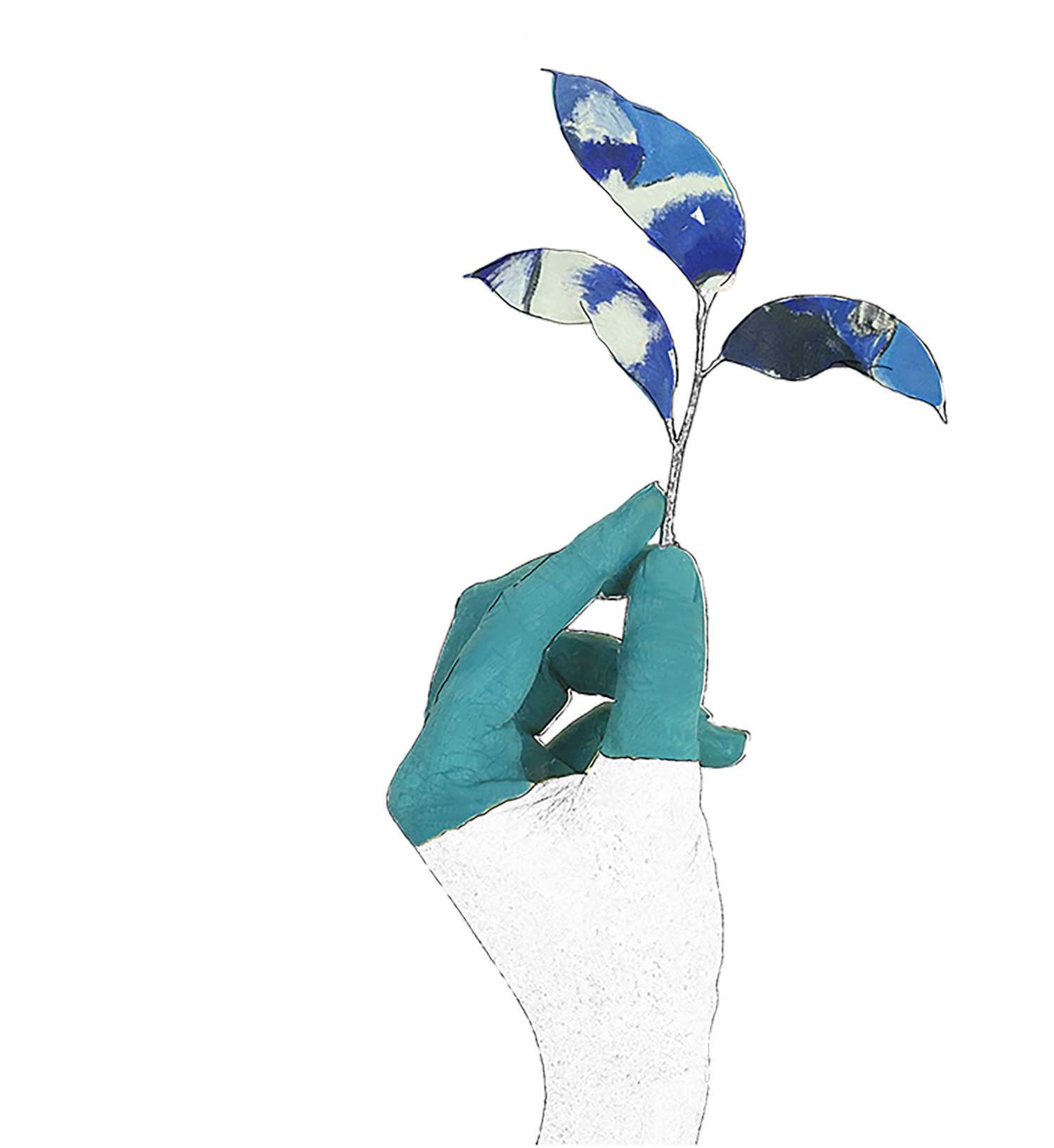a letter to fellow white women, we need to let go of frida kahlo
Frida Kahlo’s canonisation into the world of art should be celebrated. Her artwork is bold and colourful, worshipping a varnished, yet authentic, version of self. Her story is similarly colourful, tinged with pain, a life marred by a traumatic childhood illness and an uneasy marriage to a faithless man. She’s an undeniably distinct and powerfully feminine character, and it’s no wonder she’s become so attractive in an era so in need of heroines of colour.
But in becoming an icon, much of Kahlo’s history and personality has become whitewashed, made palatable to a league of white feminists who celebrate her aesthetic, without understanding the Mexican bisexual communist with a disability underneath.
To put it succinctly, Kahlo has been commodified in our current era of mainstream, or “white,” feminism. You can now find her image emblazoned on coffee cups, tapestries, earrings, on socks 17-year-old me rolled over her hairy ankles. And many of us, who call ourselves feminists, wear her image as a sort-of symbol. A younger me embraced what I thought of as Kahlo’s attitude - a big fuck-you to the patriarchy that pressures us to pluck our eyebrows and wax our legs. But the gravity of what Kahlo embodies is so much more than wearing a bold lip or a refusal to shave. Her life and artwork demands us to face members of society that are often overlooked - indigenous women, LGBTQ women of colour, those living with disabilities. Mainstream feminism is in sore need of intersectionality, and to neglect these aspects of Kahlo whilst heralding her as a feminist icon is shallow and absurd.
It’s embarrassing what mainstream feminism has done to Kahlo in bastardising her legacy. On “International Women’s Day” in 2017, Snapchat released a filter celebrating the Mexican artist, making users in her likeness while whitening their skin. Kahlo, of mixed European and indigenous Mexican heritage, always depicted herself with brown skin and dark eyes, while her art deeply engaged with indigenous themes and imagery. Late in 2018, Theresa May stepped out in the Tate Modern wearing a bracelet emblazoned with Kahlo’s image. Kahlo was a communist, an advocate for the impoverished, whose personal politics shun everything May stands for. When politicians like May think they can manipulate Kahlo for their own endorsement, it’s time to call this shit out. These horrendous misuses of her image reveal what’s become of Kahlo in the current era. It’s no surprise Mattel thought it could get away with a monobrow-less Frida Kahlo Barbie, she’s been so watered down. The version of Kahlo that’s made it to market is so bland, so superficial, it makes a mockery of the real woman.
I’ve been guilty of this, too, of accepting a version of Kahlo that fits my own life’s narrative to the detriment of her legacy. That’s why it’s so essential for us to research and to understand our heroines. The commodification of Kahlo’s art diminishes the woman behind it, reduces her to an aesthetic to be consumed by the masses. If we want to honour Kahlo, we shouldn’t participate in her legacy being whitewashed. We have to accept and celebrate her how she was: perhaps not all that much like us.
